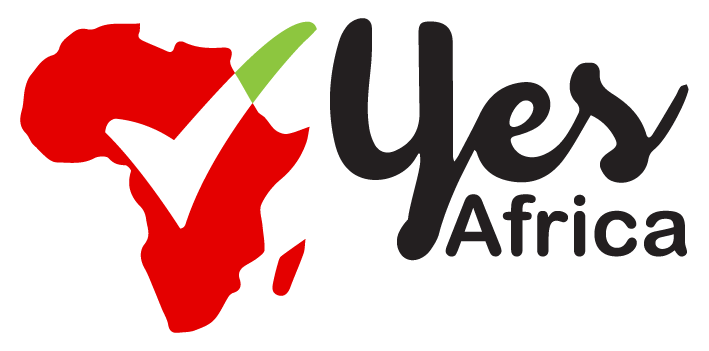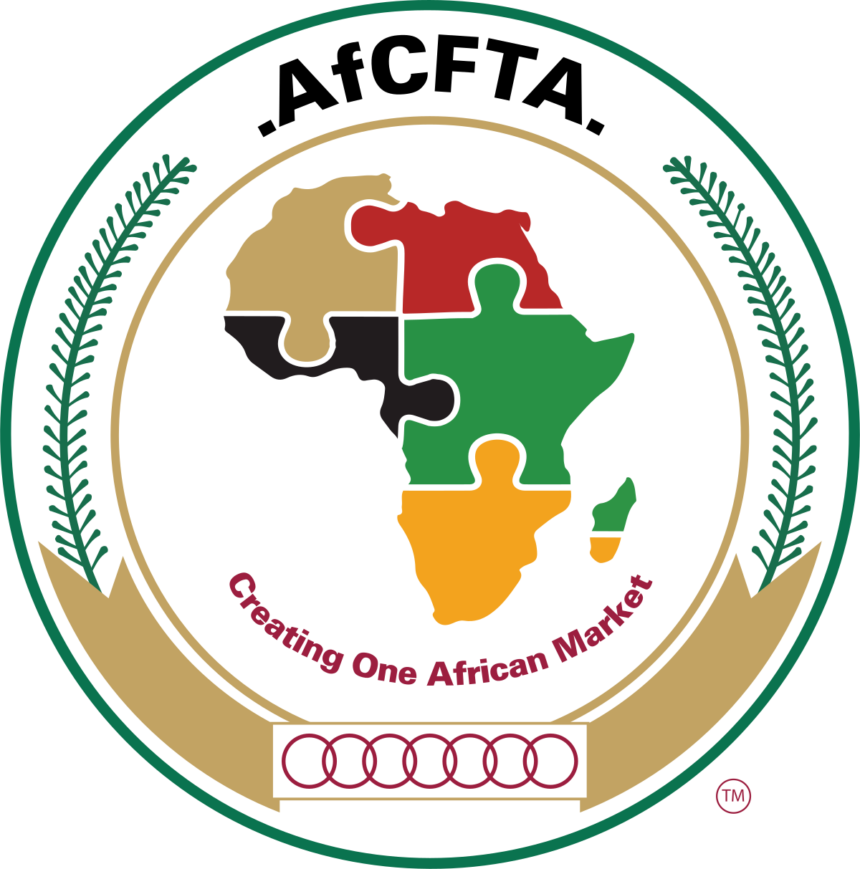The African Continental Free Trade Agreement was brokered by the African Union and officially launched in 2021. The agreement was designed to boost trade among countries within the continent by creating a single, liberalised market, ensuring access to capital and labor to enable investment, building a regional infrastructure and setting up a customs union.
The deal was ratified by 48 out of the 54 countries in Africa to create a single trading market with a combined gross domestic product of $3.4 trillion and a growth projection of $16.5 trillion by 2035. To facilitate a smooth take off of the deal, the African Union created the Pan-African Payment and Settlement System (PAPSS).
The payment system is designed to enable African companies to transact in any of the local currencies in Africa without needing a foreign third party payment platform. It is estimated that this payment system will cut dependence on the US dollar, saving up to $5 billion every year.
In addition, the payment system was created to ensure smooth intra African transaction and give the continent autonomy over its trade relations with the rest of the world. At the moment, the Africa Export-Import Bank says more than 80 percent of intra-African payments pass through either Europe or the United States. This lends credence to the continent’s colonial history and economic hegemony of the West over the continent.
- Advertisement -
PAPSS was therefore created to break this hegemony and boost trade within the continent. The system will consist of Central bank of member countries, commercial banks, fintechs and other payment service providers.
Despite the optimism that greeted the AFCFTA deal, there are still questions and uncertainties three years later. One of the questions is the workability of the payment system as observed by the Secretary General of the AFCFTA, Wamkele Wene.
According to Wamkele, some Africa countries including South Africa, the continent’s largest economy, are yet to fully ratify the payment system. He noted that failure to ratify the system could be a stumbling block in accelerating the full economic integration of the continent.
At the moment, only 10 Central banks out of the 48 countries that ratified the deal have joined the payment system. They are; the Central bank of Nigeria, the Bank of Ghana, Central bank of Liberia, Bank of Sierra Leone, Bank of Zambia, Reserve bank of Zimbabwe and Central Bank of Kenya.
Others are Central Bank of Djibouti, Central bank of The Gambia and the Bank of Guinea.
- Advertisement -
However, the Afreximbank estimates that by next year, majority of the Central banks would have joined the system. This is considered a major step in actualising the goal of the AFCFTA deal and boost intra-African trade by more than 20 percent.
According to the UN Trade and Development intra- African trade is the lowest in terms of sub regional trade volume, below intra-European trade which is currently at 68% and Asia at 59% while North American internal trade is currently 30.6%. The smooth take off of the AFCFTA deal will cut this trade deficit and boost productivity on the continent.










